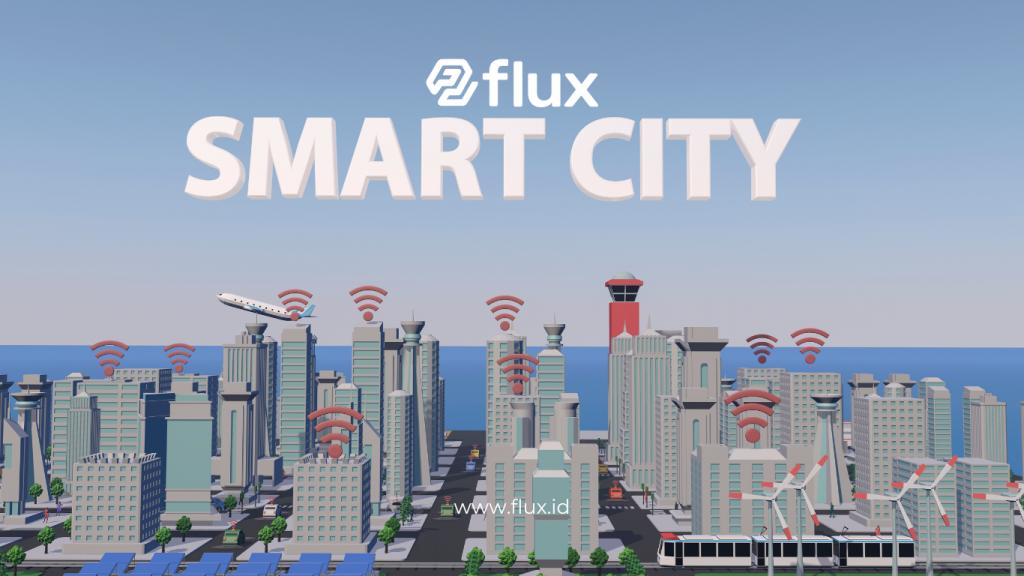Don't miss our holiday offer - 20% OFF!
In today’s digital era, the concept of smart cities has rapidly developed with the adoption of Internet of Things (IoT) technology. IoT plays a crucial role in connecting physical devices across the city, creating interconnected systems that allow for more efficient and sustainable city management. Through a network of sensors and smart devices, cities can enhance the quality of life for their residents while maintaining environmental sustainability. This article will discuss how IoT is integrated into smart city infrastructure and how this technology aligns speed and sustainability.
Contents
1. What is IoT and How Does it Work in Smart City Infrastructure?

Read More: Smart City: Technological Solutions for Better Urban Living
IoT refers to a network of physical devices connected to the internet that can communicate with each other. In the context of smart cities, these devices can include sensors on roads, smart street lights, connected vehicles, waste management systems, and more. All these devices are designed to collect data and provide insights needed for better decision-making in city management.
The application of IoT in smart city infrastructure aims to improve efficiency, optimize resource usage, and reduce environmental impact. For instance, by using traffic sensors, cities can adjust traffic lights automatically, reducing congestion and saving energy.
2. Speed in Managing Smart City Infrastructure with IoT
Speed in city management is critical, especially in addressing the challenges of growing urban populations. IoT enables faster and more timely decision-making by providing real-time data. For example, traffic sensors can give live information about traffic conditions, allowing the system to adjust traffic light settings and reduce congestion.
With fast response times, IoT can also help cities respond to natural disasters or other emergencies. IoT devices placed in various locations, such as weather monitoring and disaster detection sensors, can give early warnings to city governments and residents.
3. Sustainability in Smart Cities through IoT

Read More: Smart City and the Future of Urban Areas: Optimizing Infrastructure with Smart Technology
Sustainability is a key element in smart city planning. With IoT, cities can monitor energy consumption, water management, and air quality more efficiently, contributing to environmental preservation efforts. For example, smart sensors can monitor air pollution levels and notify the government if there is a significant increase. This allows for swift action to reduce negative health impacts.
Moreover, IoT can be used to optimize energy use in buildings and public facilities. IoT-based energy management systems can automatically regulate heating, lighting, and electricity usage in buildings, reducing energy waste and supporting sustainability goals.
4. Benefits of IoT in Smart City Infrastructure
a. Improving Resource Management Efficiency
IoT enables more efficient resource management by monitoring energy, water, and fuel usage in real-time. This helps cities reduce waste and allocate resources more effectively.
b. Enhancing Safety and Quality of Life
IoT also plays a role in improving city safety through smart monitoring systems, such as surveillance cameras, fire detection sensors, and alarm systems. By continuously monitoring the environment, cities can create safer spaces for their residents.
c. Reducing Environmental Impact
By leveraging IoT, cities can reduce carbon emissions, manage waste more efficiently, and increase the use of renewable energy. This is essential for creating more environmentally friendly cities that support sustainability.
5. Challenges in Implementing IoT in Smart City Infrastructure

Read More: IoT-Based Environmental Monitoring: Building a Healthy Smart City Ecosystem
While IoT offers many benefits, its implementation in smart city infrastructure is not without challenges. Some of the challenges faced include:
- Data Security: With the growing number of connected devices, ensuring that collected data remains secure from cyber threats is crucial.
- Implementation Costs: Installing sensors and smart devices across the city requires significant initial investment.
- Interoperability: Devices used in smart cities must be able to communicate with each other seamlessly. This requires clear standards and alignment between systems.
Conclusion
IoT is a technology that offers great potential for transforming city infrastructure into a faster, more efficient, and sustainable system. By enabling better management through real-time data, smart cities can improve the quality of life for their residents while minimizing environmental impact. Despite the challenges in implementation, the benefits of IoT in creating greener and more efficient smart cities are substantial. In the future, IoT-driven smart cities will become hubs of innovation and progress in sustainable urban development.





